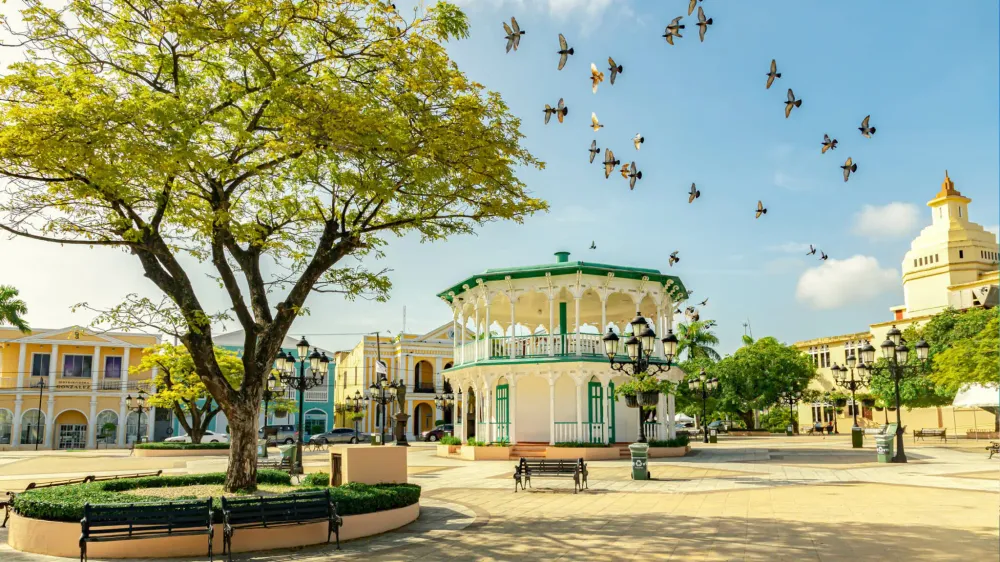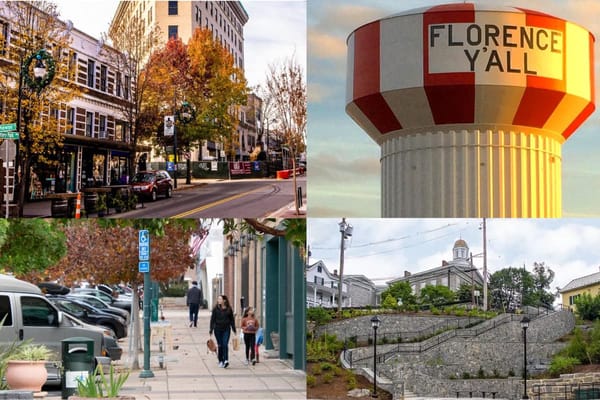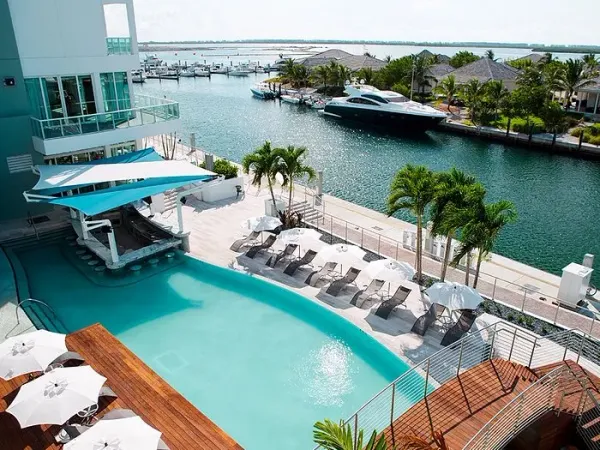12 Fun Things To Do In Puerto Plata, Dominican Republic
If you're dreaming of a Dominican getaway but want more than just sunscreen and lounge chairs, Puerto Plata is calling your name. This spot on the island’s north coast brings a little bit of everything: beach bliss, jungle adventures, colonial history, and a cultural pulse that makes it feel more lived-in than touristy.
One minute, you're gliding up a mountain in the Caribbean’s only cable car. The next, you're plunging into jungle waterfalls or sipping aged rum where it was born. Whether you’re a beach bum, history buff, adrenaline junkie, or all three—Puerto Plata delivers.
And here’s the thing: it doesn’t just “have stuff to do.” It has character. By the time you leave, your camera roll will be full of more than just pretty views—you’ll have stories, surprises, and probably a craving for mofongo you can’t shake.
Let’s dive into 12 experiences that make Puerto Plata unforgettable—and way more than a beach stop.
1. Walk Through History at Fortaleza San Felipe
📍 Calle Avenida General Gregorio Luperón, Puerto Plata
If you like your history with a sea breeze and a side of cannons, Fortaleza San Felipe is your place. Perched on a bluff above the Atlantic, the Spanish built this 16th-century fortress to fend off pirates—and you can still feel its gritty energy today.
You’ll walk along thick, mossy stone walls that have seen centuries of battles, storms, and political twists. Inside, there’s a small but surprisingly engaging museum with colonial relics and stories from the island’s independence movement.
The real reward, though? The view. From the ramparts, you can see the curve of the bay, the bustle of town, and the open ocean beyond. It’s a great first stop to get your bearings—and a crash course in how power, trade, and defense shaped Puerto Plata’s DNA.
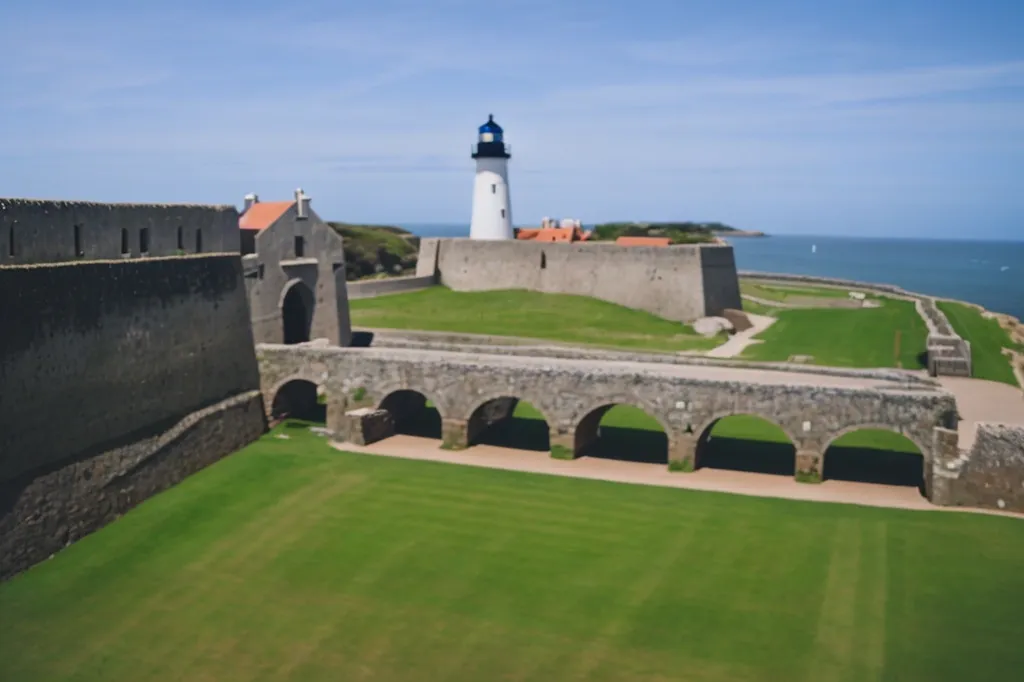
Local Tip: Bring water—it gets hot up there. And don’t skip the quiet moment under the cannons at sunset.
💡 Fun Fact:
This 16th-century fortress is the oldest standing military structure in the Dominican Republic and once guarded the city against pirates.
🔎 Important Information:
- Opening Times: Daily, 9:00 a.m. – 5:00 p.m.
- Accessibility: Partial—stone paths and steps may be difficult for wheelchairs
- Parking: Free nearby street parking
- Amenities: Small museum, ocean views, guided tours
- Tips: Bring sun protection—there’s little shade around the grounds
2. Ride the Teleférico to Mount Isabel de Torres
📍 Calle Manolo Tavárez Justo, Puerto Plata
This isn’t your average cable car ride. In fact, it’s the only one in the Caribbean—and it takes you soaring more than 2,600 feet above sea level to the lush summit of Mount Isabel de Torres.
As you rise, Puerto Plata shrinks to a colorful mosaic below, and the rainforest seems to reach up to meet you. At the top, you’ll find walking trails, botanical gardens, and a Christ the Redeemer statue that’s basically the Dominican Republic’s answer to Rio.
Some days, low-hanging clouds roll in and wrap the whole mountaintop in mist—it’s eerie, beautiful, and feels like another world.
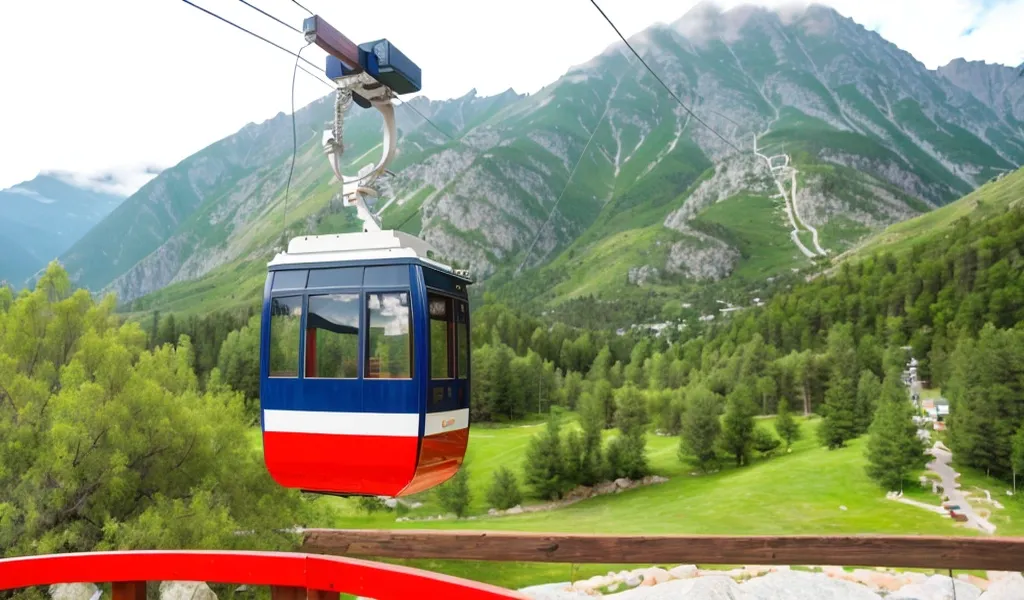
My Take: I’ve ridden many cable cars in different countries, but this one is hands-down the most atmospheric. It’s the kind of place where you end up whispering without meaning to.
💡 Fun Fact:
This is the only cable car in the Caribbean, climbing to over 2,600 feet with panoramic views of Puerto Plata and the Atlantic.
🔎 Important Information:
- Opening Times: Mon–Sun, 8:30 a.m. – 5:00 p.m.
- Accessibility: The cable car is wheelchair accessible; trails at the top are uneven
- Parking: On-site lot available
- Amenities: Botanical gardens, Christ the Redeemer statue, café
- Tips: Go early for clear skies and fewer crowds—afternoons often bring clouds
3. Go Deep-Time Treasure Hunting at the Amber Museum
📍 Calle Duarte 61, Puerto Plata
Even if you’re not a gemstone geek, the Amber Museum is a little jaw-dropping. It’s tucked inside a beautiful Victorian mansion downtown—and packed with prehistoric pieces of golden fossilized tree resin, including bugs, lizards, and leaves frozen in time.
One mosquito trapped in amber was actually part of the inspiration for Jurassic Park. Yes, really.
What’s even cooler is the variety: Dominican amber is often clearer than Baltic amber, and you’ll even find rare blue amber here—unique to this part of the world.
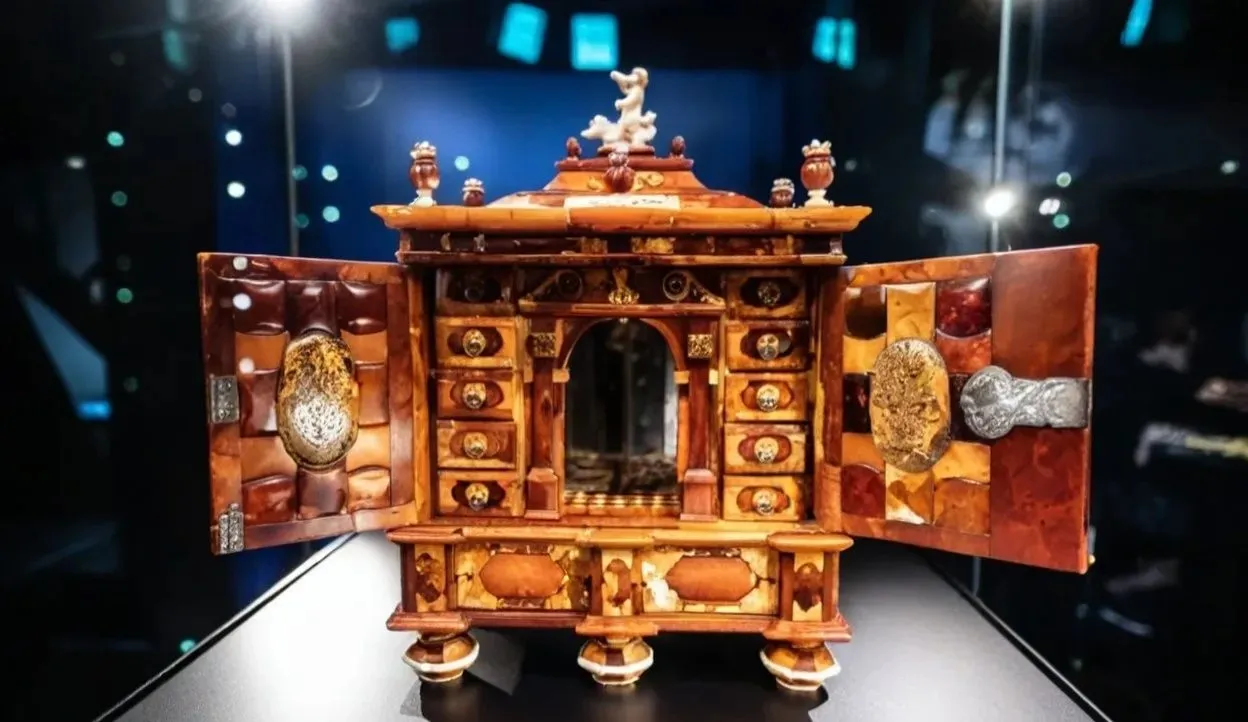
Worth It? Definitely. It’s small, cheap, and fascinating. Plus, the on-site shop has legit amber jewelry if you’re souvenir hunting without wanting another fridge magnet.
💡 Fun Fact:
This museum holds one of the world’s largest pieces of amber with a prehistoric lizard trapped inside—featured in Jurassic Park.
🔎 Important Information:
- Opening Times: Mon–Sat, 9:00 a.m. – 6:00 p.m.
- Accessibility: Stairs to upper floors; no elevator
- Parking: Limited nearby street parking
- Amenities: Gift shop, guided tours available
- Tips: Great for kids and geology buffs—combine with a walk through the city center
4. Kick Back at Playa Dorada
📍 Playa Dorada Complex, just outside central Puerto Plata
Playa Dorada is the kind of beach where everything just works. Clean sand? Check. Swaying palms? Check. Water sports, bars, and beach vendors slinging coconuts and cold beer? Triple check.
It’s technically part of a resort complex, but there are public access points, and it never feels too crowded. You can spend your morning paddleboarding, grab a quick swim in the gentle surf, and then lounge under a thatched umbrella with a Presidente in hand by noon.
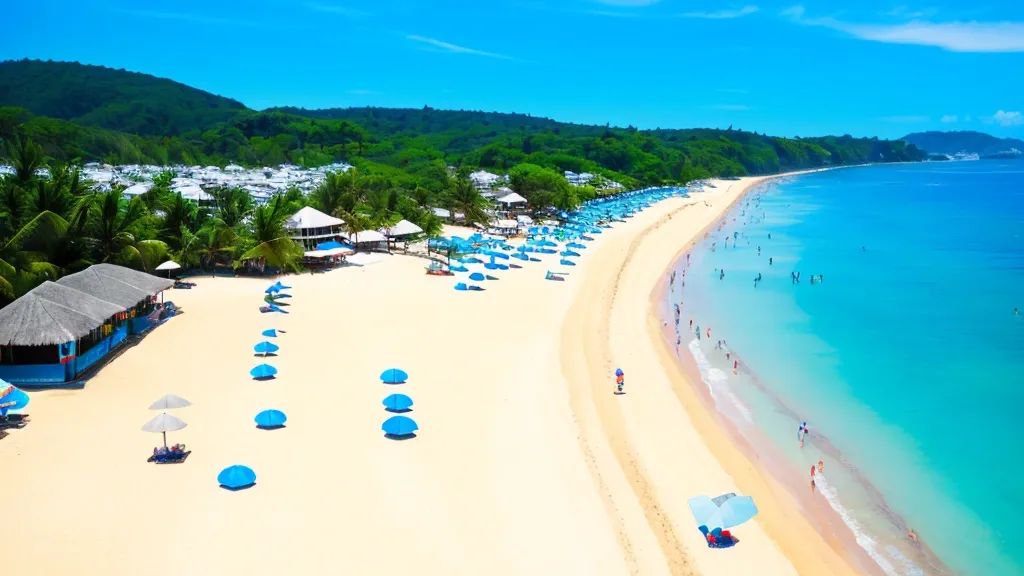
Did You Know? This beach helped kick off the Dominican tourism boom back in the '80s, and it still holds onto that golden-era charm.
💡 Fun Fact:
Playa Dorada is a Blue Flag-certified beach, recognized for its clean water and sustainable management.
🔎 Important Information:
- Opening Times: Open daily, sunrise to sunset
- Accessibility: Wheelchair access through many resort entries
- Parking: Free or paid parking, depending on entry point
- Amenities: Beach lounges, restaurants, water sports rentals
- Tips: Visit early in the day for calm waters and fewer people
5. Chase Waterfalls at 27 Charcos de Damajagua
📍 Carretera Turística Gregorio Luperón, near Imbert
Ready to get soaked in the best way possible? The 27 Waterfalls of Damajagua are pure jungle joy. Picture a winding river carving out limestone canyons, with natural rock slides, turquoise pools, and jumps ranging from “fun” to “whoa.”
You’ll hike through tropical forest with a guide, strap on a helmet and life vest, and then make your way downstream—sliding, splashing, and (if you’re brave) cliff-jumping. You can choose shorter routes (7 or 12 falls), or go all-in and do the full 27.
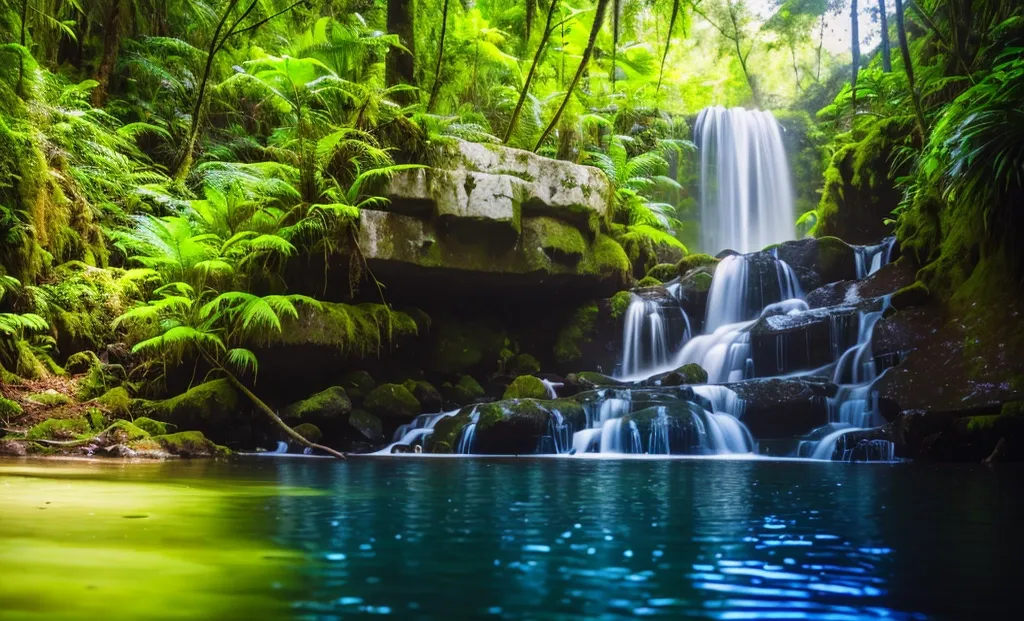
Heads Up: You will get wet. Wear water shoes and bring dry clothes for afterward. And trust the guides—they know the safe jumps from the “maybe don’t try that” ones.
💡 Fun Fact:
These natural limestone pools and waterfalls were hidden from the world until local guides began tours in the 1990s.
🔎 Important Information:
- Opening Times: Daily, 8:00 a.m. – 3:00 p.m.
- Accessibility: Not suitable for those with limited mobility; hiking, climbing, and swimming required
- Parking: Free on-site parking
- Amenities: Lockers, restrooms, restaurant, guided tours mandatory
- Tips: Wear water shoes and bring a change of clothes—this is an adrenaline-packed experience
6. Walk the Malecón at Sunset
📍 Avenida General Gregorio Luperón, Puerto Plata
Every Caribbean city has its pulse—and in Puerto Plata, it’s beating strong along the Malecón. This oceanfront promenade stretches for nearly three miles, and it’s where locals and visitors alike go to move, mingle, and soak up the scene.
In the morning, you’ll find joggers and quiet strollers. By afternoon, ice cream carts roll out, domino games fire up, and kids weave between palm trees on scooters. Come sunset? The sky turns orange, bachata music drifts from passing cars, and couples linger at the railing with fresh empanadas in hand.
The views alone are worth the walk—especially near La Puntilla, where old iron cannons still guard the coastline. But the real charm is in the little things: grandmothers chatting on benches, street art tucked into alleys, and food stalls grilling everything from plantains to fresh catch.

Editor’s Pick: For a low-key date night, grab a coconut cocktail near the amphitheater and watch the waves roll in.
💡 Fun Fact:
This seaside promenade stretches over 2 miles and is popular with locals for jogging, people-watching, and socializing at sunset.
🔎 Important Information:
- Opening Times: Always open
- Accessibility: Fully paved and wheelchair accessible
- Parking: Street parking available
- Amenities: Benches, food stalls, sculptures, beach access
- Tips: Visit in the evening for music, local vendors, and cooler temperatures
7. Sip, Swirl, and Sample at the Brugal Rum Factory
📍 Av. Luis Ginebra, Puerto Plata
💡 Fun Fact:
Brugal, founded in 1888, is one of the Caribbean’s most iconic rum producers and a symbol of Dominican pride.
Rum in the Dominican Republic isn’t just a drink—it’s part of the national DNA. And at the Brugal Factory, you can see how one of the island’s most iconic exports has been crafted for over 135 years.
The tour walks you through the process: from molasses fermentation to barrel aging in American and European oak. It’s not flashy, but that’s the charm—it still feels like a working distillery. The copper stills are massive, the barrels smell like warm spice, and the guides know their stuff.
Then comes the good part: the tasting. You’ll sample a few rums, including the top-shelf Brugal 1888, which is smoother and deeper than anything you’ll find in an airport duty-free.
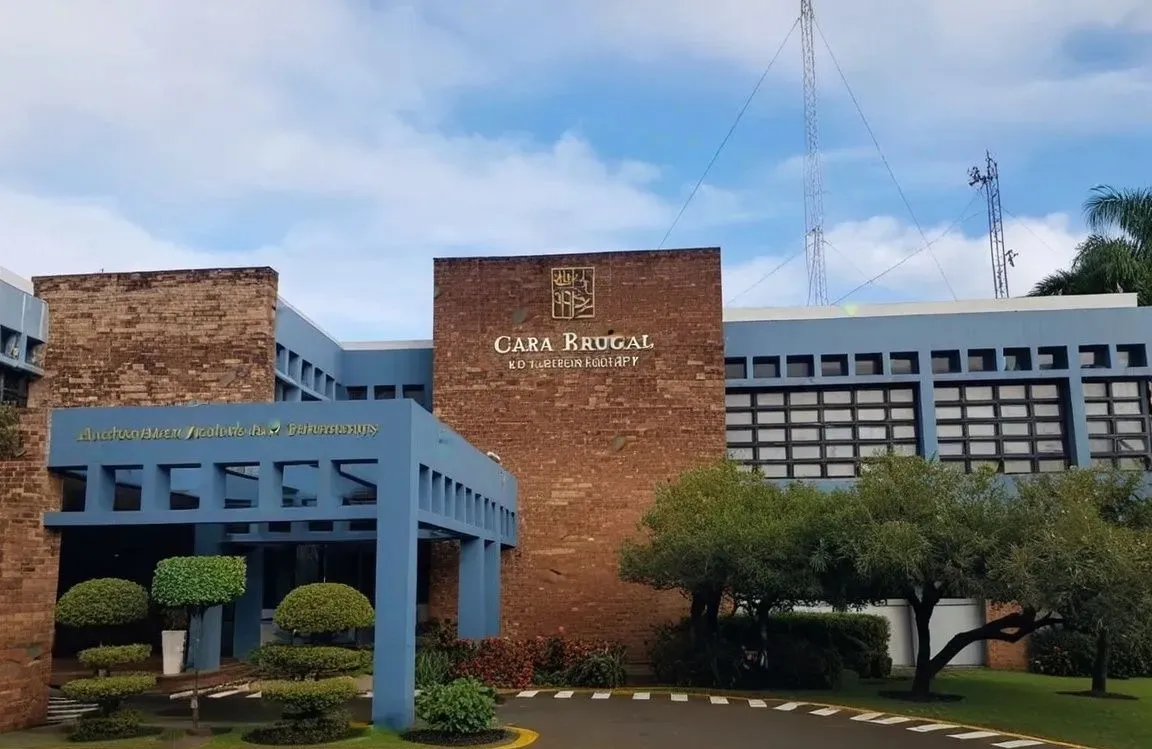
Pro Tip: Stock up at the on-site shop—it’s cheaper than most stores in town, and a bottle makes a great gift (if you don’t drink it first).
🔎 Important Information:
- Opening Times: Mon–Fri, 9:00 a.m. – 4:00 p.m.
- Accessibility: Limited for wheelchairs—steps and industrial layout
- Parking: On-site parking available
- Amenities: Tasting room, gift shop
- Tips: Sampling included in the tour—don’t plan to drive immediately afterward
8. Spend the Day at Ocean World Adventure Park
📍 Calle Principal #3, Cofresí Beach, Puerto Plata
Ocean World is one of those places where kids lose their minds (in the best way). Located just outside the city in Cofresí, this marine adventure park mixes wildlife encounters with water fun—think dolphins, sea lions, tropical birds, and even tigers.
Yes, tigers. No, they don’t swim with the dolphins.
You can snorkel in a manmade reef, float the lazy river, feed exotic birds, or book an interactive dolphin experience where you swim and pose with one of the park’s star swimmers. There’s also a beach area, water slides, and a small casino if you’re feeling lucky.
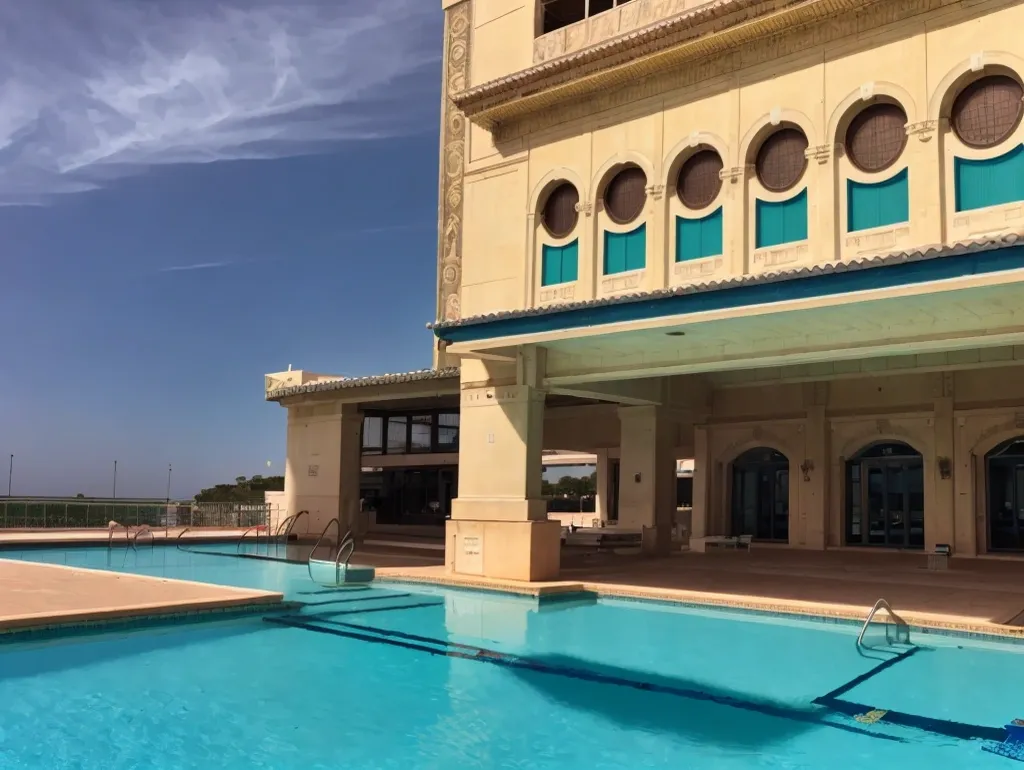
Fair Note: This isn’t a wildlife sanctuary—it’s more theme park than nature reserve. But for kids or cruise visitors short on time, it’s a fun, jam-packed day.
💡 Fun Fact:
Ocean World is one of the only parks in the world where you can swim with dolphins, sea lions, and even sharks.
🔎 Important Information:
- Opening Times: Wed–Sun, 9:00 a.m. – 6:00 p.m.
- Accessibility: Wheelchair-friendly paths; some activities not accessible
- Parking: Free on-site parking
- Amenities: Animal shows, restaurants, private beach, gift shops
- Tips: Book interactions (dolphin swims, snorkeling) in advance—they fill quickly
9. Slow Down in Puerto Plata Central Park
📍 Calle Beller, downtown Puerto Plata
Tucked in the heart of town, Parque Central Independencia is where Puerto Plata breathes. Surrounded by pastel Victorian buildings, this tree-lined plaza is equal parts history and hangout spot.
The San Felipe Cathedral anchors one end, while the charming white gazebo in the center often hosts music and events. Locals play dominoes, couples chat under the shade, and vendors sell homemade sweets or fresh-squeezed juice from pushcarts.
It’s not flashy, and that’s the point. This is the city’s living room—and if you’re looking to feel the everyday rhythm of Puerto Plata, this is where you do it.
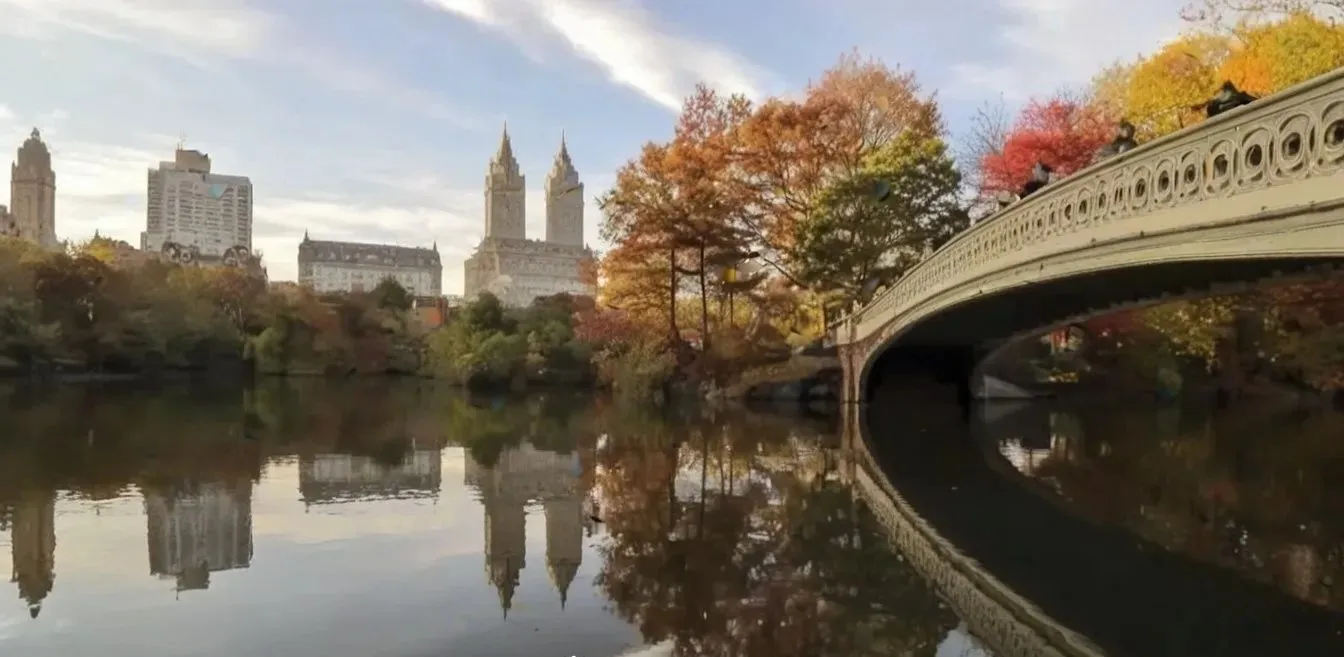
Cultural Bonus: The architecture here is a peek into the city’s golden age, when Puerto Plata was a bustling port town full of wealth and style.
💡 Fun Fact:
The gazebo in the center of the park was built in 1872 and is one of the city’s most iconic architectural features.
🔎 Important Information:
- Opening Times: Open daily, sunrise to late evening
- Accessibility: Fully walkable and accessible
- Parking: Street parking nearby
- Amenities: Cafés, benches, shops, historic buildings nearby
- Tips: Perfect place to rest between museum visits or enjoy a cold drink
10. Dive into Color at Sosúa Beach
📍 Sosúa, 25 minutes east of Puerto Plata
Sosúa Beach is like a beach party that never fully ends. This crescent-shaped bay is vibrant, loud, and full of energy—lined with bright kiosks selling grilled seafood, fresh fruit, and icy cold beers. Music drifts from every direction: bachata, reggae, merengue. You don’t come here to nap—you come here to feel alive.
The water’s calm and clear, making it perfect for swimming or snorkeling along the nearby reef. Vendors will rent you gear or take you out by boat if you want a deeper dive.
And the history? Fascinating. Sosúa was founded in the 1940s by Jewish refugees fleeing WWII. Many helped build the town’s early industries, and the cultural influence still lingers today.
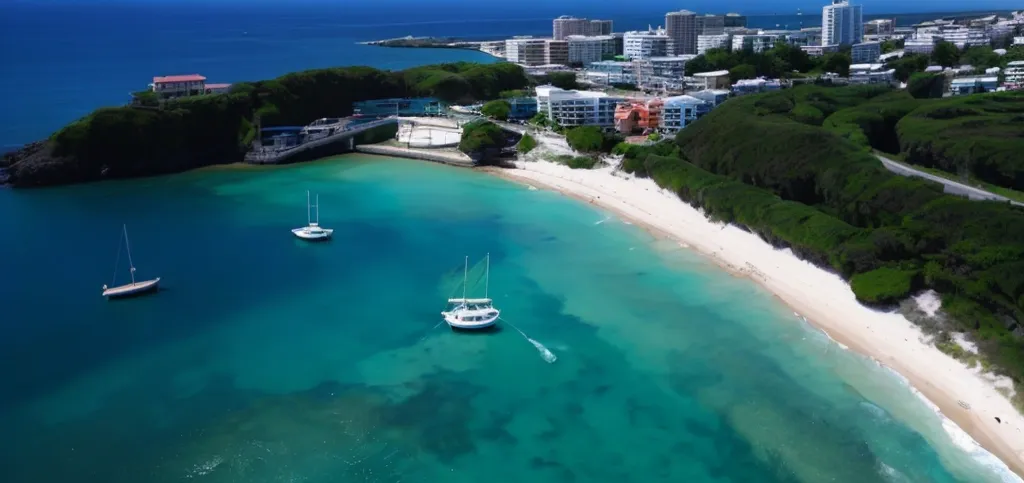
Plan Ahead: It gets busy on weekends and holidays. Go early for a good spot and stay late for the sunset—it’s pure magic.
💡 Fun Fact:
Sosúa became a refuge for Jewish settlers fleeing WWII—some of their influence still remains in the town's culture and food.
🔎 Important Information:
- Opening Times: Open daily, sunrise to sunset
- Accessibility: Some ramps available but beach access may be difficult
- Parking: Paid and guarded lots available
- Amenities: Restaurants, bars, souvenir stalls, water sports rentals
- Tips: Great spot for snorkeling and people-watching—expect crowds on weekends
11. Stroll Through the Puerto Plata Cruise Port (Taino Bay)
📍 Taino Bay: Avenida del Malecón; Amber Cove: Carretera Puerto Plata
Even if you’re not coming in on a cruise ship, the Puerto Plata port area is worth a stroll. Taino Bay, opened in 2021, feels more like a mini village than a terminal, with open-air shops, local craft stalls, and breezy walkways lined with palm trees.
There are subtle nods to Taino heritage, pirate lore, and Dominican culture throughout. One moment you’re taking a selfie by a stone carving, the next you’re sipping locally brewed coffee or watching dancers in the courtyard.
It’s also eco-conscious, with native landscaping and sustainable materials built into the design. Families will love the lazy river and splash pad, while travelers can book quick excursions to nearby attractions like the fort or Malecón.
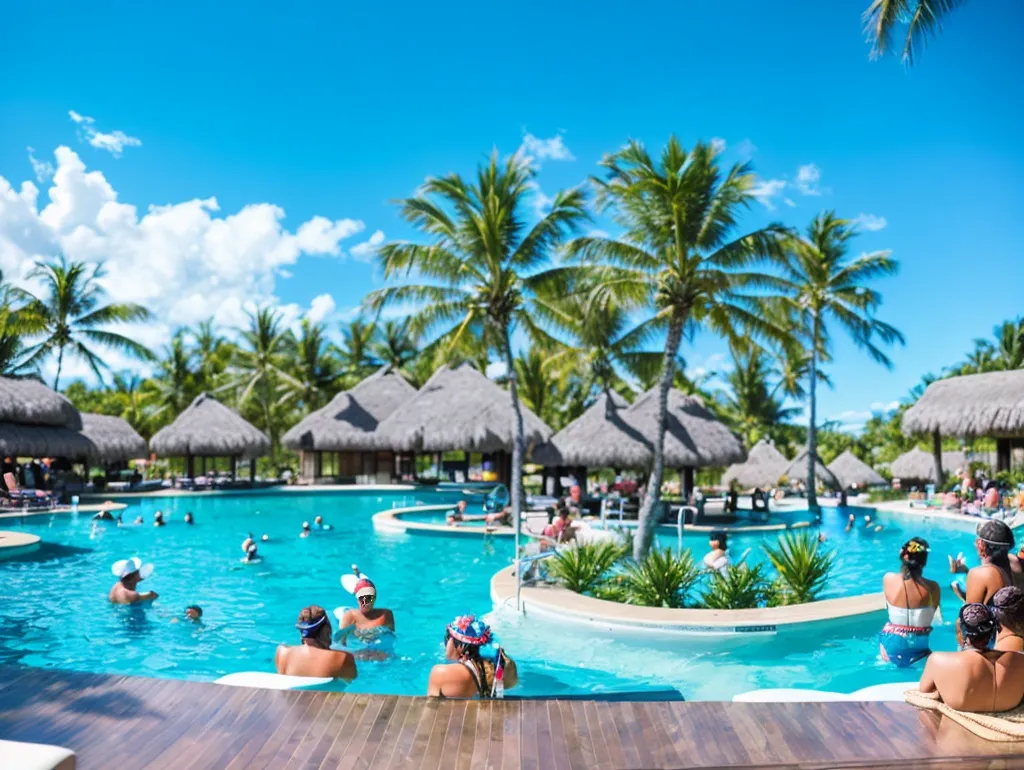
Quick Tip: If you’re tight on time, grab a handmade cigar or bar of Dominican chocolate as a souvenir—you’ll beat the airport gift shops every time.
💡 Fun Fact:
Taino Bay and Amber Cove are two of the most vibrant and scenic cruise ports in the Caribbean, each offering unique excursions and modern amenities.
🔎 Important Information:
- Opening Times: Dependent on cruise schedules; typically open when ships are docked
- Accessibility: Fully accessible with wide paths and ramps
- Parking: Designated areas for taxis and excursions, not for private vehicles
- Amenities: Pools, shops, bars, restaurants, excursion booths
- Tips: Book excursions in advance if you're arriving by cruise—ziplining, waterfall tours, and city explorations are popular and often sell out quickly
12. Explore the Mangroves of Laguna Gri Gri
📍 Río San Juan, about 90 minutes east of Puerto Plata
Laguna Gri Gri feels like stepping into another world—quiet, green, and totally off the typical beach path. It’s a spring-fed lagoon flanked by thick mangroves, tangled roots, and limestone caves. The best way to explore? By boat.
Local guides steer small motorboats through narrow mangrove tunnels, pointing out native birds, fish, and plants along the way. You might stop at the Cave of the Swallows or jump into a secret cove where freshwater meets the sea.
It’s peaceful, a little eerie, and totally different from Puerto Plata’s high-energy beach vibe.
Name Drop: The lagoon gets its name from the gri gri tree, native to this region and valued by Taino communities for centuries.
💡 Fun Fact:
The mangrove-fringed Laguna Gri Gri gets its name from the gri gri trees lining the shore, known for their dense, dark wood.
🔎 Important Information:
- Opening Times: Boat tours usually run daily from 8:00 a.m. – 4:00 p.m.
- Accessibility: Not wheelchair accessible; small boats used for tours
- Parking: Free street parking in the area
- Amenities: Tour boats, guides, nearby restaurants
- Tips: Combine this with a stop at Playa Caleton for a quiet beach experience after your mangrove tour
Conclusion
Puerto Plata is a place where you can wander centuries-old forts in the morning, ride a cable car into the clouds by noon, and end your day jumping into jungle waterfalls or dancing barefoot at a beach bar. It’s got layers: wild nature, rich history, warm people, and a rhythm that’s all its own.
What makes Puerto Plata really special, though, is how effortless it all feels. You don’t need to be an expert traveler or plan every detail to stumble into something unforgettable here—whether it’s sipping fresh coconut on Playa Dorada or getting your adrenaline fix at 27 Charcos.
If you’re looking for a Dominican Republic destination with variety, authenticity, and a little adventure to balance the beach time, Puerto Plata more than delivers. It's not just a getaway, it’s the kind of place you’ll find yourself telling stories about long after you're back home.
Planning your escape? Karta has some fantastic deals on Puerto Plata vacation rentals, perfect for turning a daydream into reality.
FAQ
1. What is Puerto Plata known for besides beaches?
Puerto Plata is famous for its beaches, but it’s also packed with culture, history, and adventure. The city is home to the only aerial cable car in the Caribbean, offering sweeping views from Mount Isabel de Torres. You’ll find one of the oldest colonial military forts in the Americas—Fortaleza San Felipe—and museums like the Amber Museum, which houses ancient fossils in gemstone form. Outside the city, you can visit 27 Charcos de Damajagua, a series of waterfalls you can hike, slide, and jump through. Puerto Plata is also known for its rum—Brugal is produced here—and for its charming Victorian architecture. So if you’re thinking it’s all about sand and surf, think again. There's plenty to see, do, and taste.
2. How far is Puerto Plata from Santiago and can you visit both in one trip?
Puerto Plata is about 1.5 hours (approximately 70 km or 43 miles) from Santiago de los Caballeros, the Dominican Republic’s second-largest city. The drive is straightforward, and the highway (DR-5 and DR-1) offers scenic views of rolling hills and farmland. Many visitors combine the two cities into one trip since Santiago offers a more urban, cultural contrast to Puerto Plata’s coastal vibe. You can do a day trip to Santiago to explore spots like the Monumento a los Héroes, Centro León, or the bustling markets and cigar factories. Just make sure to leave early so you have enough time to explore and get back before dark if you're not staying overnight. It’s definitely doable—and worth it—if you’re into art, local history, or off-the-beaten-path experiences.
3. When is the best time to visit Puerto Plata for good weather and fewer crowds?
The sweet spot for visiting Puerto Plata is late November through April. This window falls outside the hurricane season and comes with sunny days, lower humidity, and comfortable temps averaging around 77°F to 85°F (25°C to 29°C). It’s also the peak season, so expect more tourists—but the weather is at its best. If you want to dodge the crowds without dealing with rainstorms, try the shoulder months of May and early November. Prices for flights and hotels are usually lower, and you still get decent weather. The summer months (June–August) are hot and humid, and September to October can bring storms. So if weather and fewer people are priorities, aim for late fall or early spring.
4. Are there local markets or non-touristy spots for authentic Puerto Plata shopping?
Absolutely. Beyond the souvenir stands and beach vendors, Puerto Plata has a few authentic spots for local shopping. Check out the Mercado Modelo in the city center—this is where locals buy everything from fresh produce to handmade crafts. It's a bit chaotic, but that’s part of the charm. You’ll find handwoven hats, larimar jewelry, spices, and locally made coffee. For more artisan goods, visit the Casa de la Cultura or pop into small galleries near Central Park, where local artists sell paintings and crafts directly. Also, consider picking up a bottle of Brugal rum or Dominican cacao—available in factory shops and smaller markets. These spots aren’t always listed in mainstream guides but are often recommended by locals and seasoned travelers online. It’s one of the best ways to support the community and take home something meaningful.


